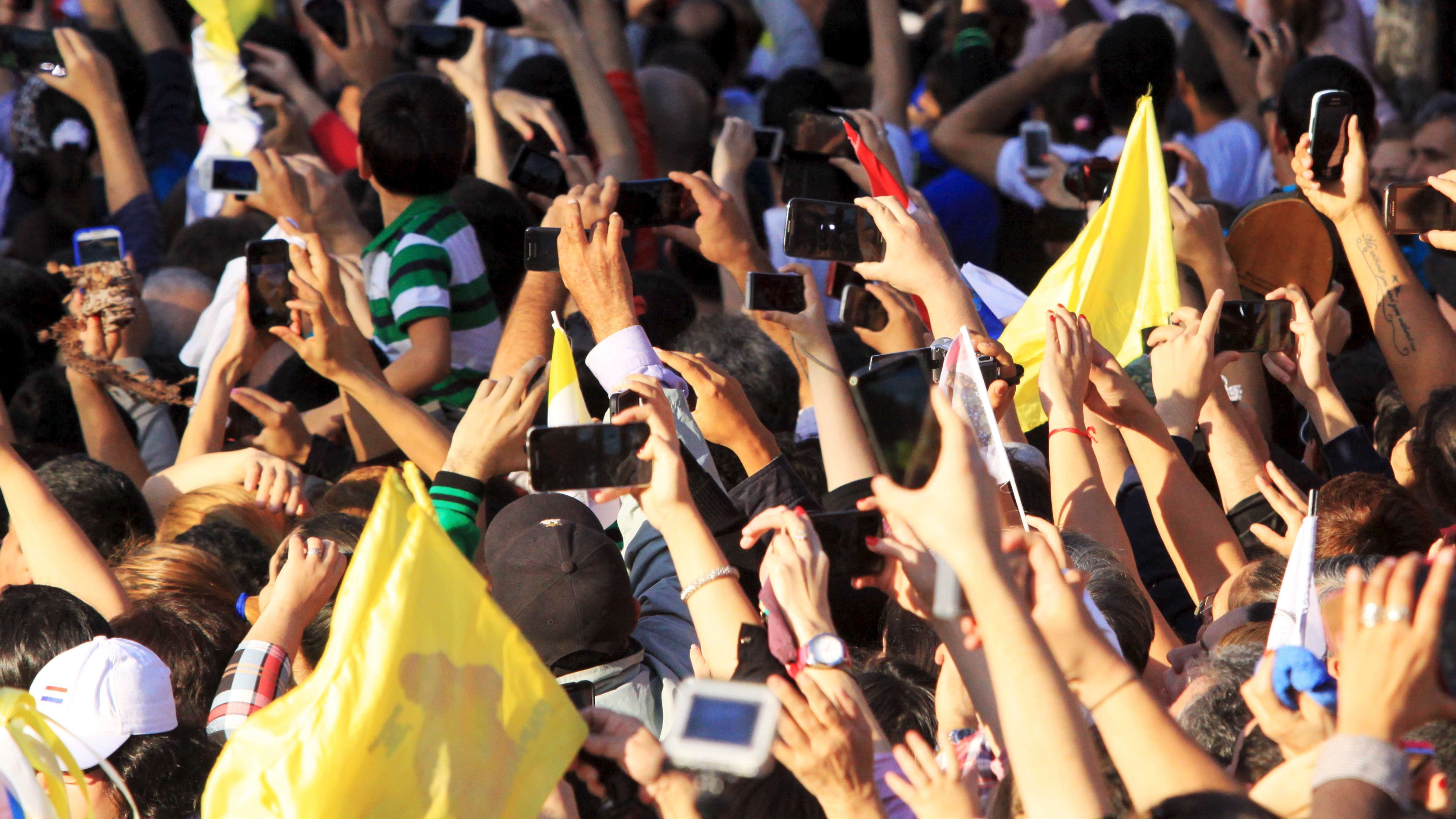How Much Do Amazon Deliveries Contribute To Global Warming?
It’s no coincidence that the number of trucks on the road has doubled since Amazon launched in 1994. That’s a huge deal for the climate, as Vox reported last year in an article on the environmental impact of online shopping: “In 2016, transportation overtook power plants as the top producer of carbon dioxide emissions in the US for the first time since 1979. Nearly a quarter of the transportation footprint comes from medium- and heavy-duty trucks. And increasingly the impact is coming in what people in the world of supply-chain logistics call ‘the last mile,’ meaning the final stretch from a distribution center to a package’s destination. (The ‘last mile’ can in truth be a dozen miles or more.)”
The good news is that e-commerce has the potential to be less carbon-intensive than brick-and-mortar retail. As Anne Goodchild, director of the University of Washington’s Supply Chain Transportation and Logistics Center, told BuzzFeed News, delivery trucks emit “between 20% and 75% less carbon dioxide per customer on average than passenger vehicles driving to [stores].” But that’s only if online stores choose the delivery times themselves. That way, they can pack trucks full of goods and optimize their routes. “When customers choose,” Goodchild noted, “the carbon savings are significantly smaller.”
Thus, Amazon could significantly cut its carbon footprint by prioritizing shipping optimization over consumer convenience…. Americans will have to begin thinking of Amazon.com and other e-commerce sites not as on-demand delivery services for every little thing, but stores that require just as much forethought as a trip to the mall did twenty years ago. And that might be too much to ask of the average consumer in the digital age. In which case, the government might have to step in.
Amazon’s biggest carbon impact comes from its AWS cloud servers, though by the end of 2018 they’d already converted 50% of that to renewable energy, according to the article. And more green efforts may be coming. “For the past eight years, Bezos has ignored requests from the nonprofit Carbon Disclosure Project, which collects the carbon footprint data of large corporations. But last month, he agreed to eventually make the company’s emissions data public. It’s expected later this year.”
The article also raises the possibility of a future with delivery drones powered by renewable energy. But it adds tht until that day comes, expecting deliveries within 48 hours “is incompatible with solving global warming.”

